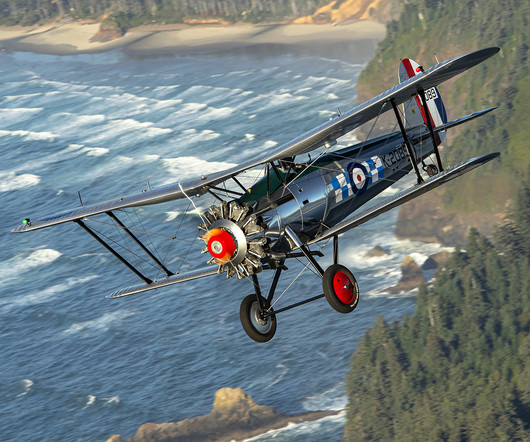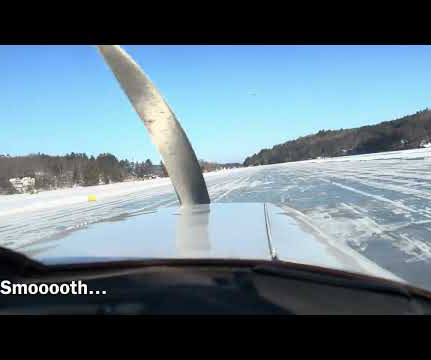A Bristol Bulldog Biplane Fighter is Once Again in the Sky
Vintage Aviation News
OCTOBER 18, 2024
What you do is you sit up high for takeoff and as you add power and the tail comes up almost immediately, very quickly. “I started to make a normal landing, but as I was getting ready to touch down, I pulled the power off and the tail just fell out from underneath me,” he said. It is a terrible airplane for crosswinds.











Let's personalize your content